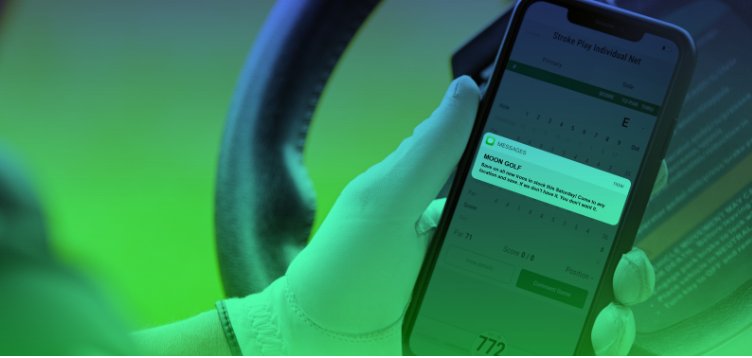Golf Laser Rangefinder v. Golf GPS Device
It wasn’t long ago that distance measuring devices for the golf course were considered a novelty and not a very affordable one at that. A good laser device was only useful if the golf course had prisms installed in their flagsticks. A GPS device required a subscription and the hope that your course had been “mapped”. The need for prisms is now negated and almost every course in the country has been mapped. Now your choices for golf rangefinders and GPS devices are almost limitless and there are choices to fit every budget.
But which device suits your game, your budget and the courses where you play? Here are some considerations.
Cost of a device can vary greatly from the inexpensive (downloading an application to your smartphone); too expensive, like a high-end military-grade laser rangefinder. GPS devices may also have ongoing subscription fees, while lasers represent a one-time cost of purchase. A GPS device that simply provides the distance to the front, middle or back of a green can be purchased for as little as $100. Lasers with high-grade optical lenses can cost four times as much. There are lots of choices in between the extremes so it pays to examine all options.
Ease of use has become increasingly important to some golfers as more options have been added to GPS devices. A laser device simply provides the distance to any object that it can “see” requiring a point and shoot action. A GPS unit requires the user to turn it on, download the course, and find the starting hole. Once “booted up” the GPS unit is as quick and simple to operate as the laser.
Features of each type of unit vary as well. A laser range finder works on reflected light. You can use it to measure the distance from your position to almost anything that you can see (including the players in front of you if you want to know if it is safe to hit). But, if you can’t see the flagstick you can’t measure the distance from your position.
GPS units can tell you the distance to any position on the course that the person that mapped the location thought might be of use to the golfer. Distance to pin positions will only be approximate when using GPS because of the infinite number of positions the pin can be placed.
Each type of unit has its limitations. If you have difficulty holding the laser with a steady hand you might find aiming difficult. If you are challenged when it comes to technology and settings and the like a more advanced GPS unit can be frustrating.
Where you will find similarities in the two choices is accuracy. Both styles are usually accurate to within 1 yard of a pin or hazard. And for most of us, that’s good enough!
If you are considering adding this “15th club to your arsenal, purchase the device that you are most comfortable with, one that fits your budget and one that gives you the confidence to shoot for the pin.
–Anne Moon

